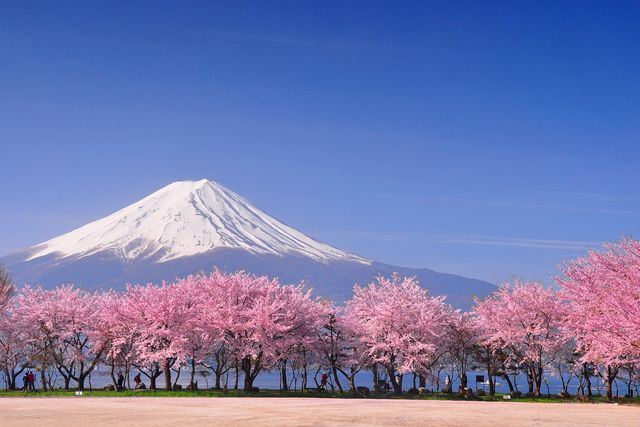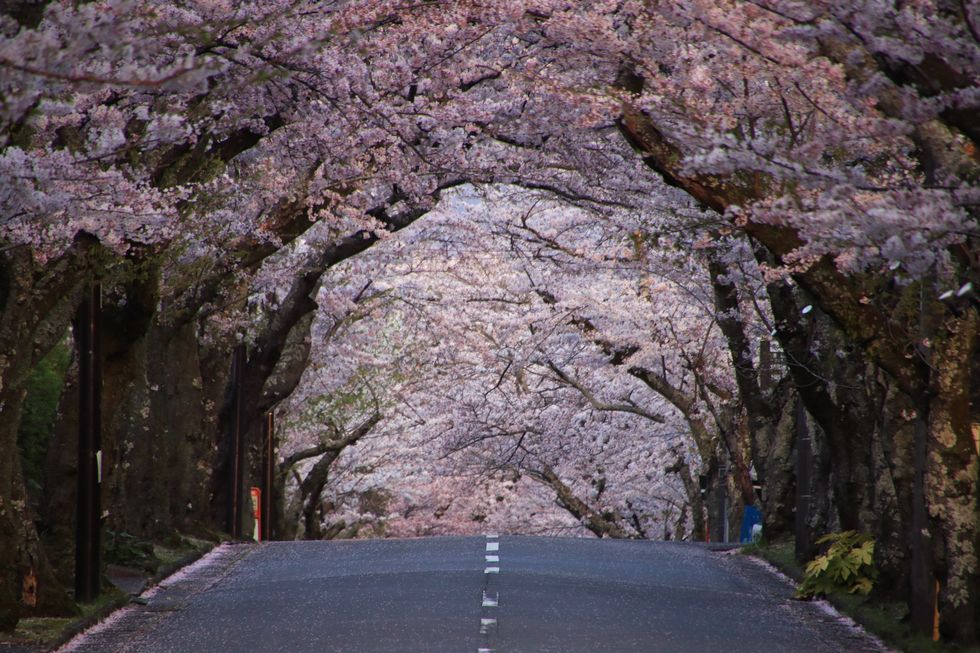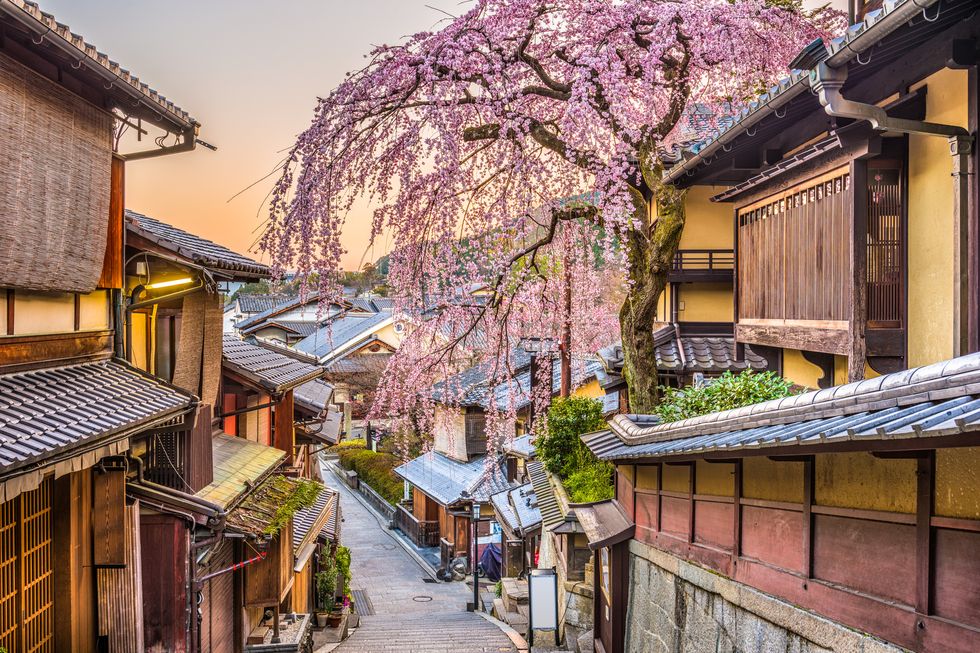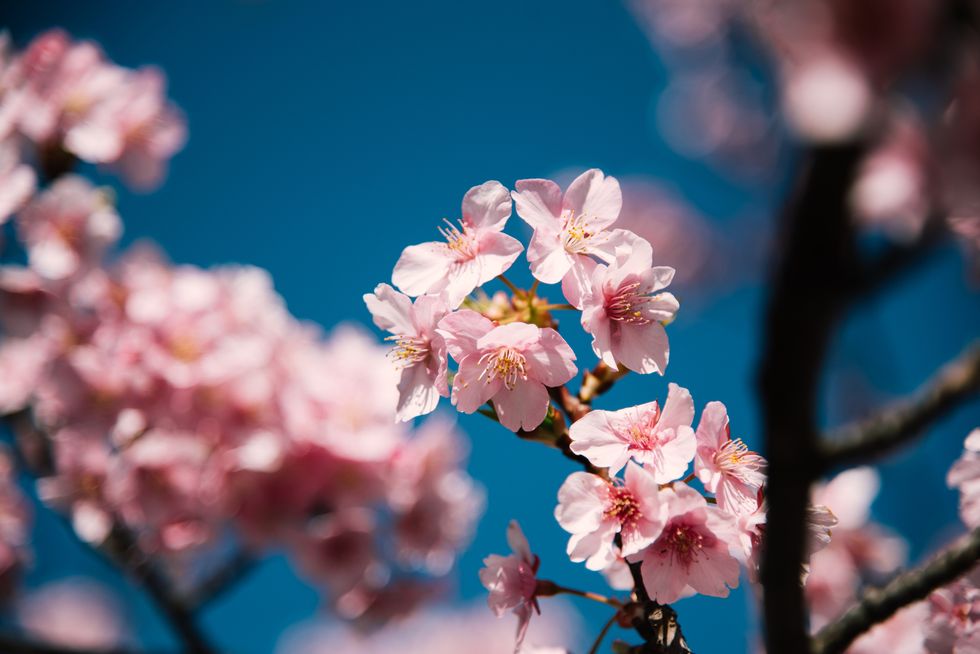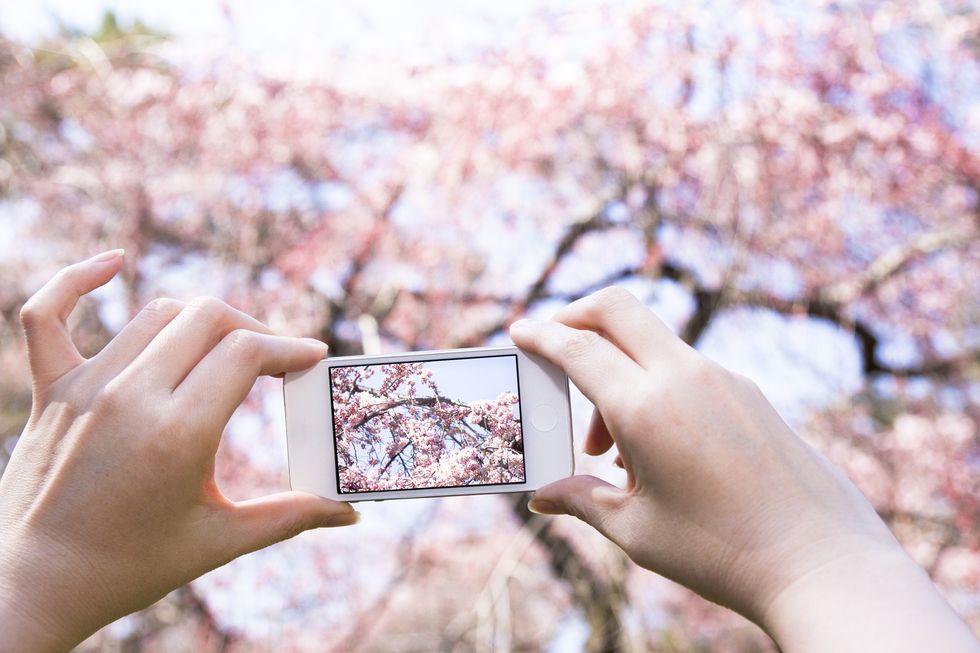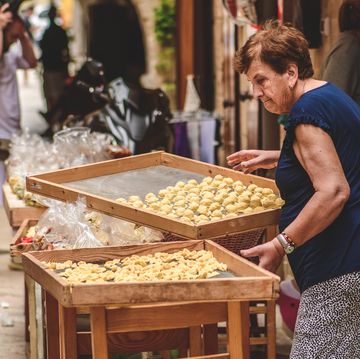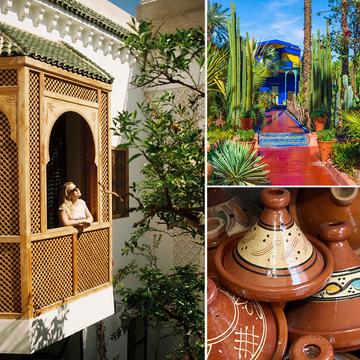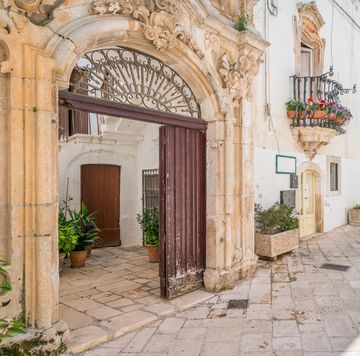The Japanese cherry blossom tree is one of the country’s most iconic symbols and is often regarded as its unofficial national flower. It's also a major reason why travellers dream of visiting Japan in spring.
They're loved for their delicate blossoms, which the Japanese celebrate each spring with parties and picnics among the trees, and are planted in public parks all over the country.
Here are 12 unusual facts about the Japanese cherry blossom, also known as sakura...
1. Scientists are working on creating a second Japanese cherry blossom season
Botanists at Kyoto University have stumbled upon a way of genetically modifying the sakura so that it blossoms in spring and autumn. They made the discovery while trying to create a rice grain that could be harvested more than once.
While they’ve not quite achieved a tasty enough grain to bring to market, applying the same method to the cherry blossom has shown promising results.
2. The blooms only last a week
Once the cherry blossom trees have flowered, their delicate beauty usually only lasts a week, with the petals constantly falling to the ground and carpeting it in a swathe of pink.
It’s also part of why the blossoms can represent fragility and fleeting beauty in Japanese culture.
3. Once the petals have fallen, cherry blossom season is over
After the last of baby pink petals have dropped from the trees, hanami (cherry blossom season) is officially over. Then starts a new period called hazakura, which refers to the time between the petals having fallen and the new leaves budding.
4. The sakura are constantly mutating
There are more than 600 different species of sakura flower, including a number of hybrids. Among species the number of petals, the size of the flower, their colour, and their yields of fruit can differ.
5. The number of petals give the flowers their names
Flowers that have five petals or fewer are known as hitoe, while those that have between five and 10 petals are called hanyae. If the flowers have more than 10 petals they are called yae.
6. Japan is home to a 2,000-year-old sakura tree
The oldest cherry blossom tree in Japan can be found at the Jissou Temple in Yamanashi Prefecture. Called the Jindai Zakura, this mighty sakura tree has a root circumference of 13.5 metres.
7. The petals and leaves are eaten
In a process known as shiozuke, cherry blossom petals and leaves, which are ordinarily toxic to eat, are cured in a salt solution. After being dried out, you end up with sakurazuke – the name for the edible leaves and petals.
Sakurazuke is often used to flavour sweets or ice cream, and can be wrapped around mochi, the popular Japanese treat made from rice paste.
8. Blossom tea is also popular in Japan
Sakurazuke leaves can also be put in hot water to create a cherry blossom tea. As the dried petals diffuse into the water, they release a beautiful pink hue and delicate flavour. The tea is often consumed on special occasions, such as weddings.
9. The Japanese year follows the blossom
The new business and academic year in Japan begins in April with the blossoming of the trees, giving you a chance to socialise and get to know your new work and study mates during the celebrations.
10. Sakurako is a popular name in Japan
Ko means child in Japanese, and Sakurako, child of the cherry blossom, is a popular girls’ name.
11. The trees actually produce cherries
Harvested in the summer long after the blooms have disappeared, the blossom trees’ small, sour tasting cherries aren’t edible for humans but birds love to snack on them!
12. They’re blossoming earlier
Due to climate change, the cherry blossom season has been happening earlier in the year. Celebrations used to take place in early May, but have gradually moved forward in the calendar. 2021 saw the earliest peak – on 26th March in Kyoto – since records began more than 1,200 years ago.
Explore the best of Japan with Good Housekeeping as you visit Tokyo, Hakone, Nara, Osaka and more on a 16-day adventure.
More long-haul holiday inspiration:
- Canada's luxurious Rocky Mountaineer train
